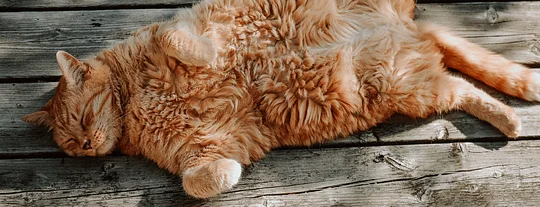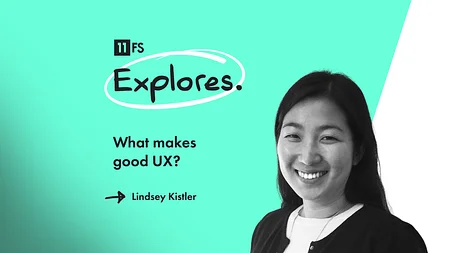Meowing cards and hot coral: The new brand identities

Anna also has plans to launch its own lucky cat (a lucky charm popular in China and Japan comprising a figurine of a cat with an upraised paw) which will purr when an invoice is paid in.
The move garnered a lot of media coverage, a mixed response and some bafflement according to Daljit Singh, Chief Design Officer at Anna — some people thought the speaker was inside the card itself.
The question is, why would a financial services company operating in an industry not known for its light-heartedness, launch a feature that can so easily be perceived as frivolous? While we are at it, why did Monzo create a neon card and insist it was Hot Coral in colour, and not just orange or pink? Why did Starling launch a card where the details are on the back and a portrait, rather than landscape, design?
The answer is brand
Some industry voices insist that brand no longer matters and that customers’ decisions about which provider to choose are now only driven by financial incentives e.g. high interest on savings, low interest on credit cards, free overseas travel etc. I disagree, and so do the companies mentioned above.
In an increasingly crowded market — the number of neobanks in the UK is in double figures — it’s nigh on impossible to stand out with individual products alone. To the majority of consumers, a current account is a current account. Yes financial incentives do play a part — consider how many people originally signed up to Monzo or Revolut to get free overseas transactions — but now all neobanks offer the same perk.
At the same time, people continue to carefully curate their public identities by self-labelling. Demand for branded clothing and accessories hasn’t declined, nor has the idea of aspirational brands (Tiffany, Ferrari etc). And the boom in hashtagging pictures and other social media posts gives people a new way to signal that they are vegan, a non-smoker, a fitness fan, a wine buff, a cat lover etc.
What the likes of Monzo, Starling and Anna are doing is capitalising on that customer desire to self-label to combat the effect of increasing numbers of competitors. Hot Coral has become synonymous with transparency and openness, portrait cards say we do banking but for modern people, and miaowing cards says we don’t take ourselves too seriously and we are experts in design. Customers can choose their account based on which of these concepts they most identify with.
A Welsh opera singer, a Russian meerkat and a man who dances in heels
The idea of using novelty to create a brand identity is not new. Within financial services we saw it in the UK with the comparison websites. GoCompare, Compare The Market and MoneySuperMarket are much of a muchness to most consumers, but their choice of long-term advertising campaigns cemented differentiation in customers’ minds.
A Welsh opera singer, a Russian meerkat and a man dancing in shorts and high heels are known to a large majority of UK adults. Customers may not understand why the company’s offerings are different, and to be fair the differences are typically slight, but they do know they want to be seen as fun-loving, to own a meerkat soft toy or to be perceived as “winning at life”.
What the industry learned from this state of affairs is that it’s not necessarily the companies with the best products that will win the customer acquisition battle — it’s those that can get customers to feel a connection to their brand.
Incumbent banks are following suit
As the older, larger banks seek to compete with the startups some are using brand-related tactics. RBS, CYBG, Chase and Wells Fargo are just a few of the global banks that have launched financial services products under new brands to target different and new customer segments.
Not all of these brands and startups will survive, and brand alone will not be what results in success. But brand is still hugely important to customers and therefore should also be important to companies providing banking services. If you are a startup you need to stand out. If you are an incumbent you need to realise that just being an established brand is nowhere near enough, you need to find a way to make customers identify with you. And that is not as easy as you think.
This article first appeared on Forbes.com.



